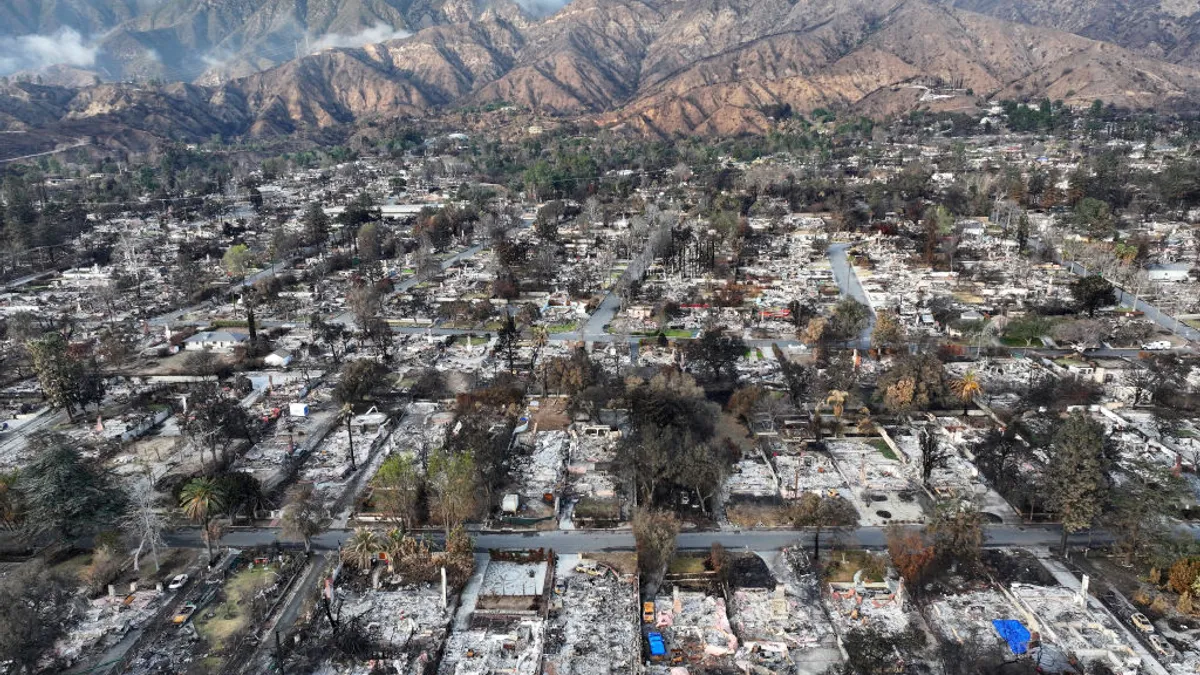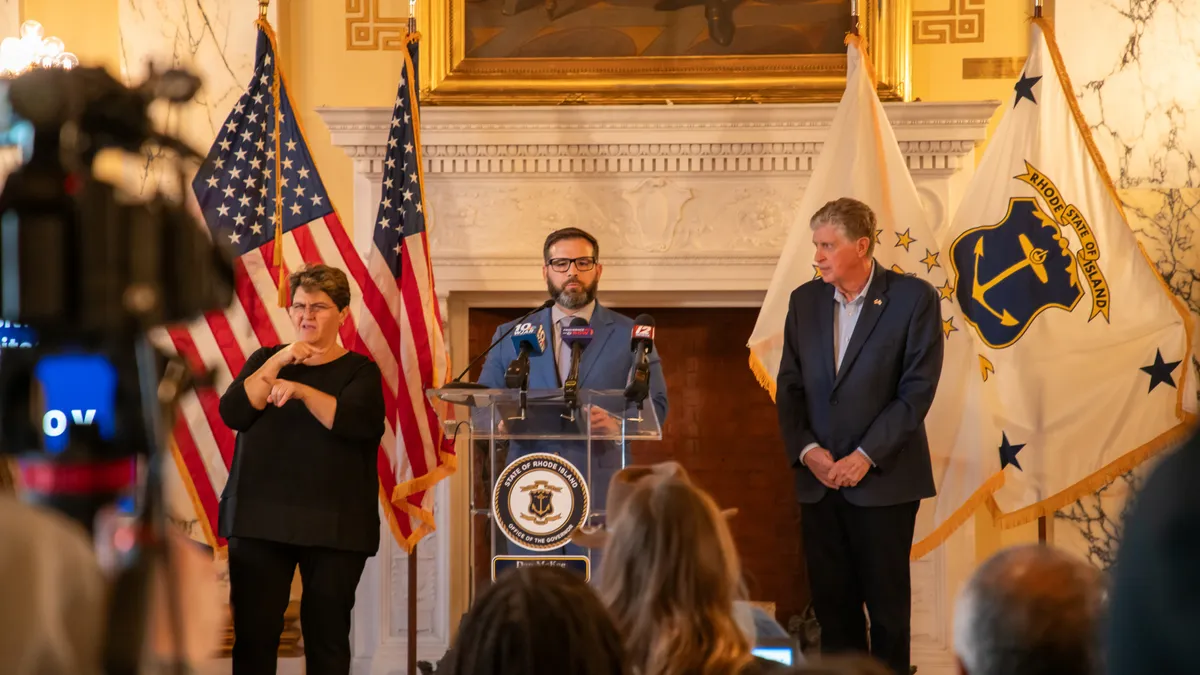This is the second story in a series about the tech worker shortage facing local governments.
When Rob Lloyd started working for San Jose, California, in 2016, the city’s IT department had a high job vacancy rate — 36%.
San Jose eventually reduced the vacancy rate to 11%, but it partially froze hiring when the COVID-19 pandemic hit. When it resumed hiring, the city made a discovery: It had become even harder to find tech workers, said Lloyd, deputy city manager for aviation, transportation and technology.
There were fewer applicants for each available position after the pandemic, and the quality of those applicants was lower than before, Lloyd said. The city typically received up to 60 applicants for technical roles before the pandemic began, but that figure has fallen to 10 to 20. Now San Jose interviews one or two people for each position in its IT department compared with six to 10 a few years ago, he said.
“It's kind of like the orchard went a little dry,” he said.
San Jose isn’t alone. There aren’t enough technology workers to go around, and local governments nationwide must compete with private companies that often pay higher salaries. As tech projects grow in importance, city leaders say governments must think creatively to find skilled workers.
Marketing and flexible scheduling strategies
The Great Resignation is not about people abandoning the workforce, Lloyd said. Instead, people are leaving their jobs for different ones. People want jobs with meaning, he said.
A private-sector consultant told San Jose to reevaluate its job posts, Lloyd said, pointing out that “when people look at your profiles, they see a very government-y job, and that's not very effective right now.”
The consultant told him that job posts need to talk about the work an employee would do, the team the person would work with and opportunities for learning and growth, Lloyd said. San Jose has found that such job posts have been more successful in attracting candidates.
The city is also considering incorporating jobs with nontraditional schedules into its operating model. These might include seasonal and part-time employment and allowing people to work four days a week rather than five.
“We still have some work to do to see if we can ... win on flexibility if we can't win on pay,” Lloyd said. “The governments that are most successful coming out of COVID are the ones that are going to figure out the flexibility question really well.”
Building a pipeline of tech workers
In Kansas City, Missouri, the city government works with outside organizations to build a hiring pipeline. It’s in talks with a local university to create a capstone program for graduate students, said Melissa Kozakiewicz, chief innovation officer and assistant city manager.
Under the program, two graduate students would spend 15 hours a week working on data projects for the city each semester, earning $15 an hour. After graduation, students could choose to continue working for the government, creating a replenishing pipeline.
Kozakiewicz built a similar program in Jersey City, New Jersey.
Kansas City is partnering with aSTEAM Village, a nonprofit that works with teenagers to further digital equity, Kozakiewicz said. The program has allowed the city to recruit people who come from lower-income families and are less likely to pursue engineering.
A year ago, the organization started hiring people 15 to 21 years old to install community broadband. Kansas City could have hired Google Fiber to build its broadband network, but partnering with aSTEAM Village on workforce development will give the city a pool of tech workers to hire in the future, Kozakiewicz said.
“As we start looking at building our tech infrastructure and what's happening in the future of Kansas City and cities across the nation, we're going to need tech workers,” she said. “If the only tech workers we're getting are engineering students whose parents can afford to send them to engineering school, then we're not solving an equity problem.”
Leveraging local education institutions
Other cities are outsourcing tech-intensive projects to universities as the size, scope and complexity of smart cities grow beyond their capabilities and their ability to hire the necessary staff.
South Bend, Indiana’s sewers were overflowing into the St. Joseph River, harming the environment, said Eric Horvath, director of public works. The city got a grant to work with the University of Notre Dame to address the issue.
The university built about 140 sensors in 2008 and installed them throughout South Bend’s sewers to help the city monitor sewer congestion and capacity as well as the overall condition of the system. The sewer watchdog system now has 190 sensors in 129 different locations. It monitors the sewers and notifies staff members if the levels are too high at any given site.
The system helped South Bend immediately cut the number of sewer overflows during dry weather. It went from 30 overflows a year to zero, Horvath said.
South Bend couldn’t have done the project without a university partner, Horvath said, and that project also helped lead to the city’s latest project: a plan to reduce the number of combined sewer overflows, which create major water pollution concerns, by 99.9%. The project will save $437 million.
“We didn't have the technology or the wherewithal to do it on our own,” Horvath said of South Bend’s sewer watchdog system. “We had an idea of what needed to be done, but we couldn't do it on our own in terms of creating sensors and implementing all that.”



















